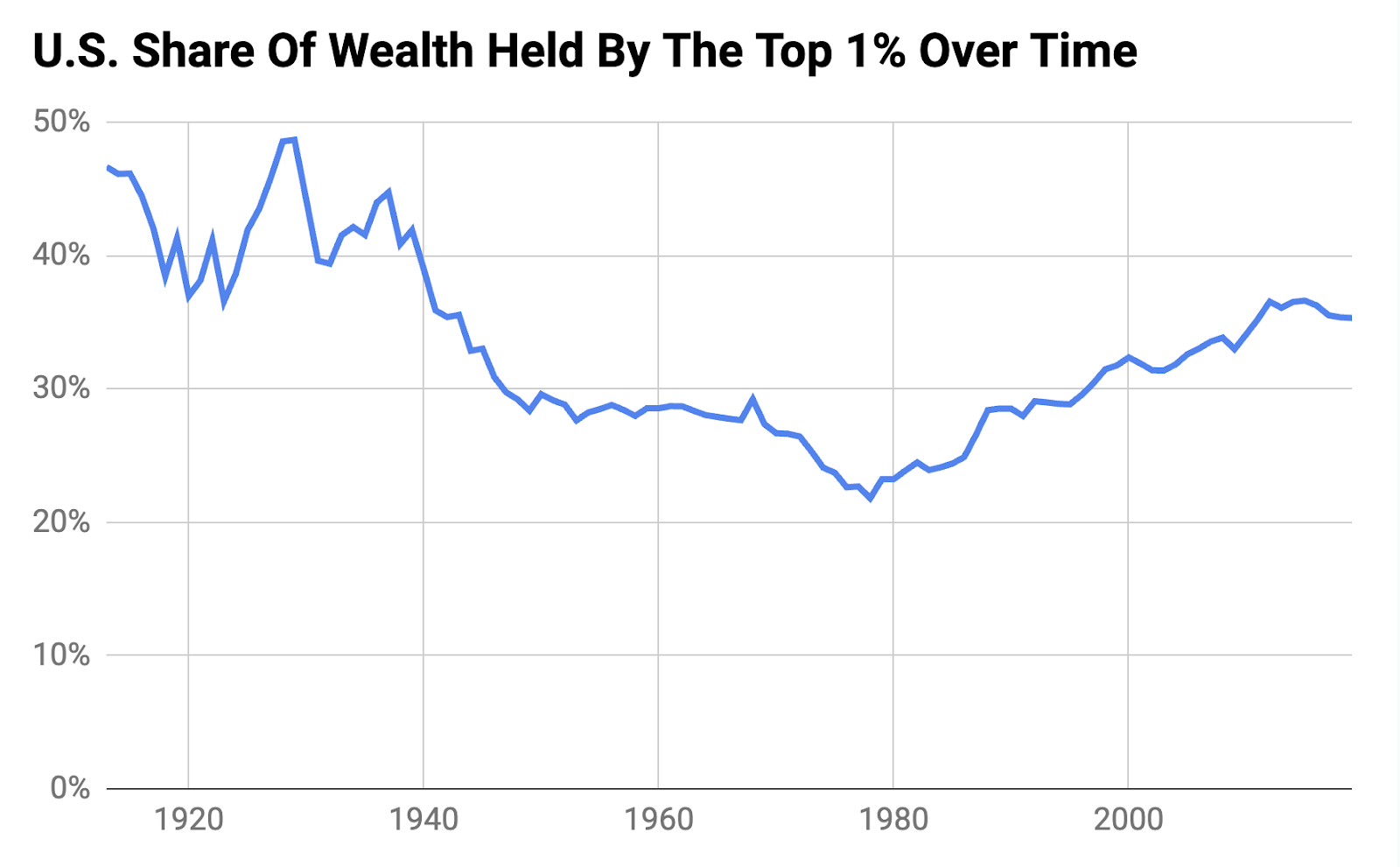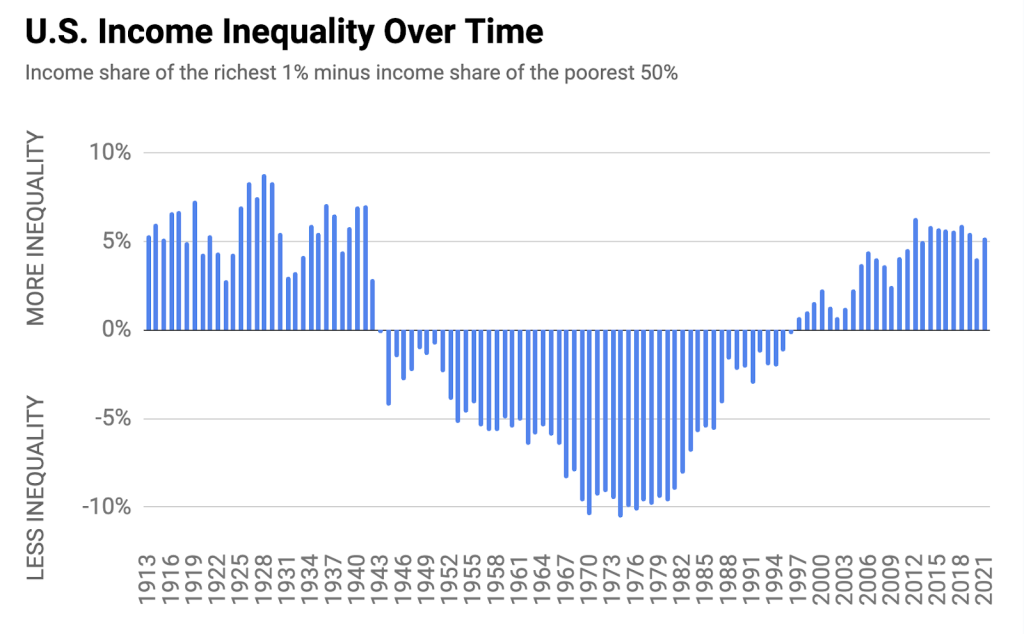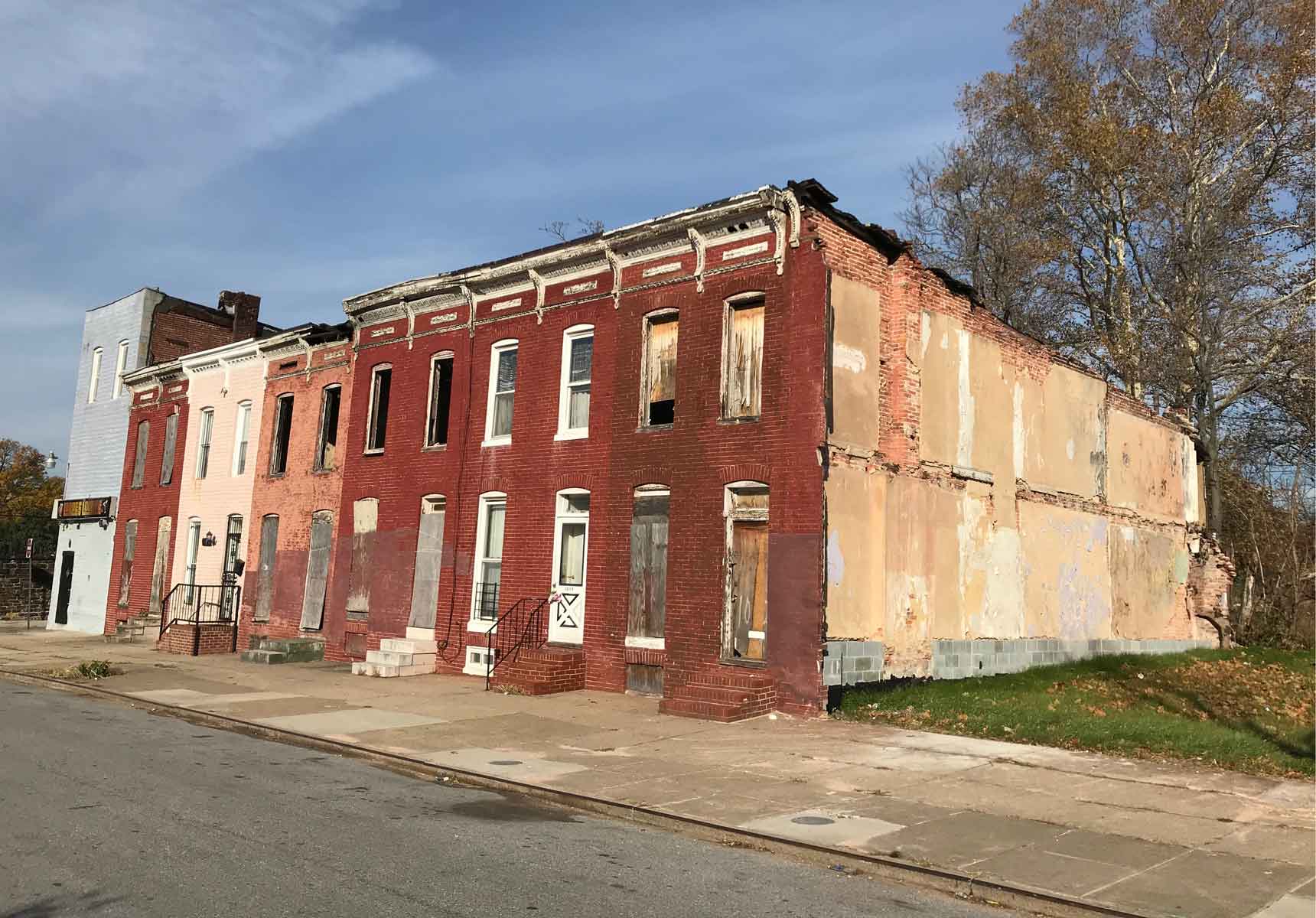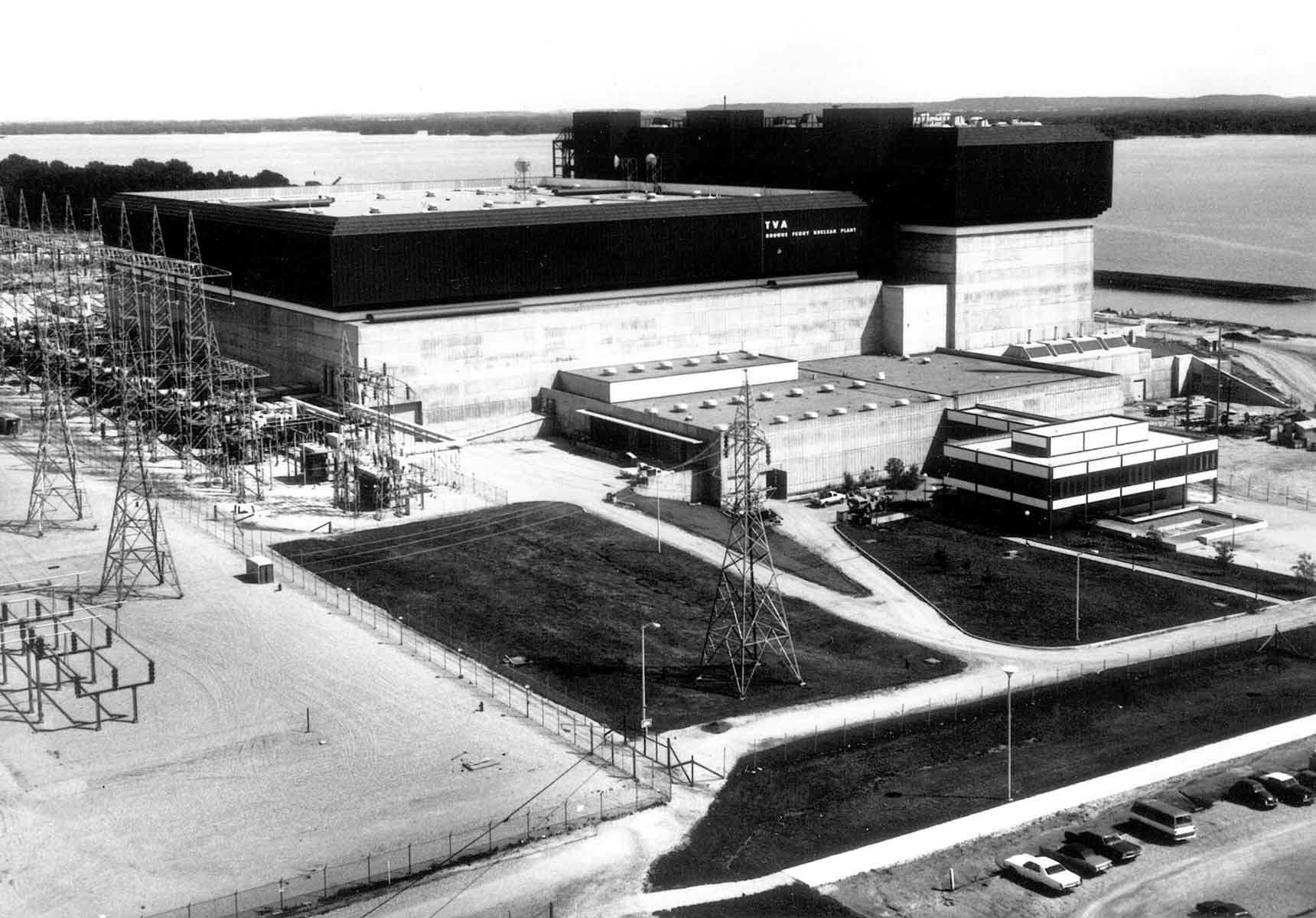OZ Pitch Day Recordings
Inequality in America and the promise of place-based policies
Updated January 22, 2024
By most appearances, the economic recovery in the United States since the Great Recession of 2007-09 has been nothing short of phenomenal. By February 2020, unemployment had dropped to 3.5 percent, its lowest rate in decades. And prior to the coronavirus pandemic, U.S. GDP had been growing at 2-3 percent per year.
But if you look below the surface, it becomes clear that this growth is largely occuring only in a handful of the wealthiest communities in this country. The recovery from the coronavirus pandemic may only further exacerbate the unevenness.

Free PDF Download
Get the full PDF version of this guide, Opportunity Zones Explained. Download it here.
Inequality in the United States… is it a problem?
So long as we have capitalism, we will have inequality. It’s inherent in the system. And some inequality is not necessarily a bad thing. But at what point does inequality do more harm than good? And has the United States already passed an acceptable level of inequality? By just about any measure, inequality in the U.S. today is at its highest point in decades.
The share of the nation’s wealth held by the top 1% is at its highest level since World War II. Over the past century, inequality in the U.S. peaked during the Roaring Twenties. Wartime economic policies and subsequent post-war expansion resulted in the Great Compression: from 1937 to 1947, Roosevelt’s New Deal policies helped raise the incomes of the poor and working class and lowered that of top earners.
But beginning in the late 1970s, these trends began to reverse. For roughly the past 40 years, economic inequality has been on the rise. The chart below presents the share of U.S. net personal wealth among the top 1% over the last 100 years.

The chart below further illustrates the Great Divergence that began at the end of the 1970s. For much of the 1970s, the top 1% of income earners in the U.S. earned roughly 11 percent of income, while the bottom 50% earned roughly 20 percent. Today’s figures show almost a perfectly mirrored image: the top 1% earns 20 percent, while the bottom 50% earns about 13 percent.

Does a rising tide lift all boats?
There is little debate that economic inequality is near its highest levels since World War II. (Although its impact has been challenged by some.) But it could be argued that growing inequality would not matter so long as the rising economic tide were to lift all boats, so to speak. In other words, so long as people on the lowest rungs of the socioeconomic ladder were increasing their economic prosperity over time, growing inequality should be less concerning.
But is this the case?
An August 2018 study by the Pew Research Center finds that for most U.S. workers, inflation-adjusted wages have not moved in the last 40 years. And most wage gains have gone to the highest earners. (Although it should be noted that non-wage benefits such as employer-sponsored retirement plans and health insurance have increased more than wages over this period.)
Among the points made in the study:
- Since 2000, inflation-adjusted usual weekly wages have risen just 3 percent among workers in the lowest decile of earnings.
- Over this same time period, among people in the top decile of earnings, real wages have risen 15.7 percent.
So yes, to a certain extent, the rising economic tide has in fact lifted all boats. Even wage earners at the very bottom of the ladder have more purchasing power today than they did 18 years ago, albeit just 3 percent more.
Conversely, this study of sluggish and uneven wage growth is one more key factor behind widening inequality in the United States.
But why should we be concerned with inequality? At high enough levels, inequality can have very negative consequences for everyone. It can lead to reduced middle-class income growth and increased disparities in education, happiness, and health. And as Bill Gates points out, high levels of inequality can wreak havoc on economic incentives, and ultimately skew democracies toward powerful interests.
Has inequality in the United States reached a tipping point where it is doing more harm than good? Left unchecked, capitalism alone may not self-correct toward more equality. But Opportunity Zones may prove to be a tool that provides an incentive for private capital to flow into areas of high poverty.
The unevenness of the post-recession recovery
To help us further deal with the unevenness of the economic recovery that has followed the financial crisis of 2007-08, it is helpful to look at EIG’s Distressed Communities Index and associated statistics that help define the economic vitality of communities around the country.

Based on Census Bureau data from 2011-15, EIG’s DCI combines seven metrics to arrive at an assessment of community economic well-being.
- Adults without a high school diploma
- Poverty rate
- Prime-age adults not in work
- Housing vacancy rate
- Median income ratio
- Change in employment
- Change in establishments
Based on the averages from these seven metrics, ZIP codes are divided equally into quintiles with these labels:
- Top 20%: Prosperous
- Next 20% Comfortable
- Middle 20%: Mid-Tier
- Next 20%: At-Risk
- Bottom 20%: Distressed
Economically distressed communities (the bottom 20% of all ZIP codes in this index) are home to 52.3 million Americans, about 17 percent of the U.S. population. The South has a disproportionately high number of distressed communities according to the index.
Prosperous ZIP codes dominated the recovery. They contained 29 percent of the nation’s jobs in 2011, but have been home to 52 percent of new jobs created in the following five years. Further, Prosperous ZIP codes captured 57 percent of the national rise in business establishments from 2011-2015, nearly double their share of businesses in 2011.
Meanwhile, Distressed ZIP codes shed more than 17,000 businesses during the period.
Over the five-year period ending in 2015, the U.S. added 10.7 million jobs and 310,000 businesses. But that impressive growth was concentrated in Prosperous ZIP codes, 85 percent of which saw an increase in businesses during 2011-2015. Conversely, only 22 percent of Distressed communities saw an increase in businesses during that time period.
The health toll of the disparity is also striking. On average, those living in distressed communities will die five years sooner. And death as the result of mental and substance abuse disorders is 64 percent higher in Distressed counties than in Prosperous ones.
How are we to deal with the unevenness of economic growth in the United States? First, we need to answer a hard question: why are a small handful of places capturing all of the gains from the economy and getting all of the capital investment, while everywhere else is getting left behind?
The promise of place-based economic development
Place-based economic development is based on the concept of economies of agglomeration, which considers that locations dense in jobs and people are more efficient and productive.
The Tennessee Valley Authority was formed in 1933 as part of Roosevelt’s New Deal. It marks one of the federal government’s earliest attempts at place-based policy-making. Its goal was to modernize the economy of the Tennessee Valley region with public infrastructure investment in hydroelectric dams, providing power for local manufacturing.

The most prominent form of place-based economic development in the United States prior to the enactment of the Opportunity Zone incentive was federal and state urban enterprise zones, sometimes referred to as empowerment zones. Established in 1994 under the Clinton administration, the Empowerment Zone Program created empowerment zones and enterprise zones. The New Markets Tax Credit (NMTC) Program that was formed as part of the Community Renewal Tax Relief Act of 2000 subsequently established renewal communities.
Under the NMTC program, local community development entities (CDEs) apply for allocation authority — the authority to raise a certain amount of tax-advantaged capital from investors. NMTC program grants roughly $3.5 billion per year. The credit is 39% of the investment, and is paid out over the course of seven years, which results in about $1.365 billion in tax credits per year.
These programs didn’t just offer tax breaks for investors and businesses. They also poured government grants into communities to be spent on skills training and welfare-to-work initiatives.
Opportunity Zones are different in that there is no finite amount of government grant money to apply for. Nor is it a tax credit program.
Rather, the Opportunity Zone initiative creates a powerful tax incentive designed to spur private investment in low-income communities. It’s entirely private-sector driven. Investors have far fewer hoops to jump through. And the pool of money being tapped is potentially enormous compared to the NMTC.
EIG estimated that $6.1 trillion in unrealized capital gains are eligible for preferential tax treatment under the Opportunity Zones initiative, as of year-end 2017. Officials at the U.S. Treasury Department have estimated that this could be a $100 billion asset class. Compare that to the $3.5 billion NMTC program, and the difference in scale and the potential transformative effect become obvious.
A common criticism of the program is that it could amount to nothing more than a gentrification subsidy, as there are no community benefit requirements. State and city authorities will need to come in to counterbalance the temptation for investors to put their money in zones already on their way to gentrification. Local governments can use different tools to restrict the growth of undesirable businesses or too much luxury housing.
Inequality in the U.S. is worsening. But with the Opportunity Zone legislation passed as part of the Tax Cuts & Job Act, this imbalance has the potential to change. The Opportunity Zone initiative as defined in the Act creates an additional incentive for impact investing, allowing it to tap into a pool of approximately $6.1 trillion.
Table Of Contents: Opportunity Zones Explained
This page is part of our larger beginner’s guide to OZs: Opportunity Zones Explained. Follow the links below to read through the entire guide. Or, click here to download the full PDF version.
- Chapter 1: Opportunity Zones Explained — The basics of the OZ program.
- Chapter 2: Opportunity Zone Tax Benefits — How the OZ tax break works.
- Chapter 3: A Brief History Of Opportunity Zones — Policy background on the OZ legislation.
- Chapter 4: Where Opportunity Zones Are Located — Includes the map of Opportunity Zones.
- Chapter 5: Two Ways To Invest In OZs — Active vs. passive options for investing.
- Chapter 6: How To Invest In Opportunity Zone Funds — QOF investments for passive LP investors.
- Chapter 7: How To Start Your Own OZ Fund — How to create a self-managed OZ fund.
- Chapter 8: Opportunity Zones vs. 1031 Exchanges — Two popular tax deferral programs.
- Appendix: The Best Opportunity Zone Resources To Learn More — Recommended links.

About The Author
Jimmy Atkinson is a renowned Opportunity Zones industry leader. He founded OpportunityDb in 2018 as the leading OZ educational platform and investment marketplace. He is also founder of OZ Insiders, the premier private community for Opportunity Zone professionals and investors. And he hosts The Opportunity Zones Podcast.
